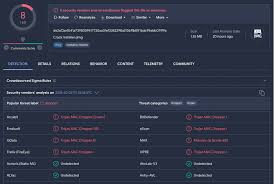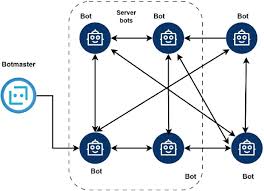
Crypto Money Grabber 2025
In the evolving landscape of cybercrime, Crypto Money Grabber 2025 tools designed to steal cryptocurrency have become a significant threat. Among these, specialized malware known as “crypto money grabbers” has emerged as a preferred weapon for attackers targeting digital wallets and exchanges. These tools exploit vulnerabilities in both individual users and systems to siphon funds, often leaving victims with little recourse. As cryptocurrency adoption grows, so does the sophistication of these attacks, making them a persistent challenge for cybersecurity professionals.
Download Link 1
Download Link 2
Download Link 3
Download Link 4
What is a Crypto Money Grabber 2025?
A crypto money grabber is a type of malware specifically engineered to locate and exfiltrate cryptocurrency-related data from infected systems. It primarily targets wallet files, private keys, and clipboard data (to hijack transactions via address swapping). Attackers typically distribute it through phishing emails, malicious downloads, or compromised websites. Once executed, the malware operates stealthily to avoid detection while extracting valuable financial information.
Key Features of Crypto Money Grabber 2025
| Feature | Description |
| Wallet Scraper | Scans the system for cryptocurrency wallet files (e.g., wallet.dat) and extracts private keys. |
| Clipboard Hijacking | Monitors clipboard activity to replace copied wallet addresses with attacker-controlled ones. |
| Keylogging | Logs keystrokes to capture passwords or recovery phrases entered by the user. |
| Persistence Mechanisms | Ensures long-term access by modifying registry keys or creating scheduled tasks. |
| Anti-Detection Techniques | Uses obfuscation, encryption, or process injection to evade antivirus software. |
| Remote C2 Communication | Connects to a command-and-control (C2) server to exfiltrate data and receive updates. |
How Crypto Money Grabber 2025 Works
The malware follows a multi-stage process to compromise a target system and steal cryptocurrency assets:
Initial Infection
The malware is delivered via phishing emails, fake software updates, or drive-by downloads. Social engineering tactics trick users into executing the payload, which may be disguised as a legitimate file.
Execution & Persistence
Once executed, the malware embeds itself into system processes to avoid detection. It may create registry entries or scheduled tasks to maintain persistence after reboots.
Data Harvesting
- Wallet Detection: The malware scans directories for known wallet files (e.g., Bitcoin Core’s wallet.dat) and extracts private keys.
- Clipboard Monitoring: If the user copies a wallet address, the malware replaces it with an attacker-controlled address, diverting transactions.
- Keylogging: Captures keystrokes to obtain credentials for exchanges or wallet applications.
Exfiltration
Collected data is encrypted and sent to a remote C2 server via HTTPS or other covert channels. Attackers then use the stolen keys to drain wallets or sell the data on dark web markets.
Evasion Techniques
To avoid detection, the malware may:
- Use process hollowing (injecting malicious code into legitimate processes).
- Employ polymorphism (changing its code signature with each execution).
- Disable security software by terminating related processes.
By combining these techniques, Crypto Money Grabbers effectively bypass security measures, making them a persistent threat in the cryptocurrency ecosystem. Understanding their functionality is crucial for implementing defensive measures such as cold storage, multi-factor authentication, and behavioral monitoring tools.


